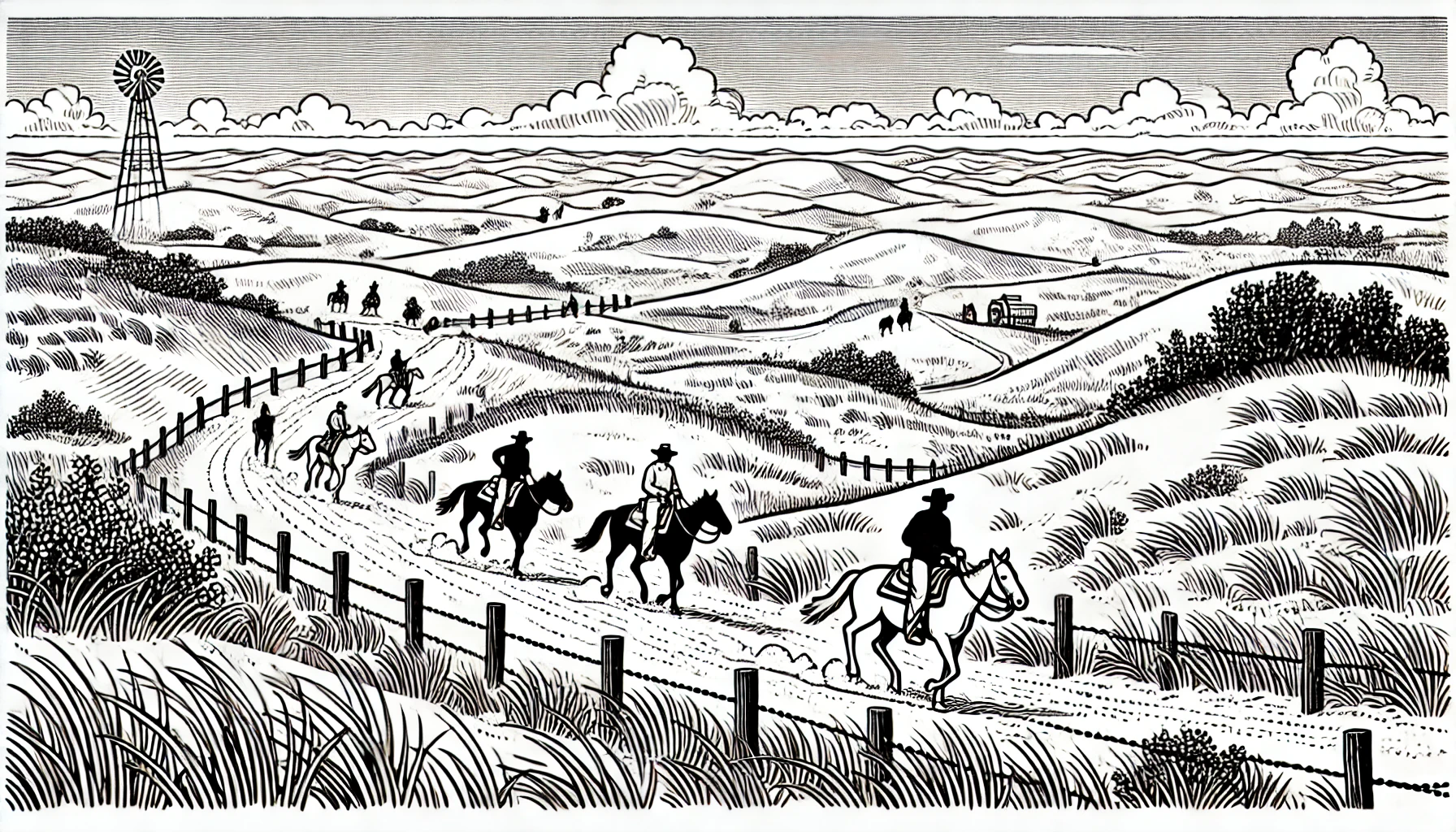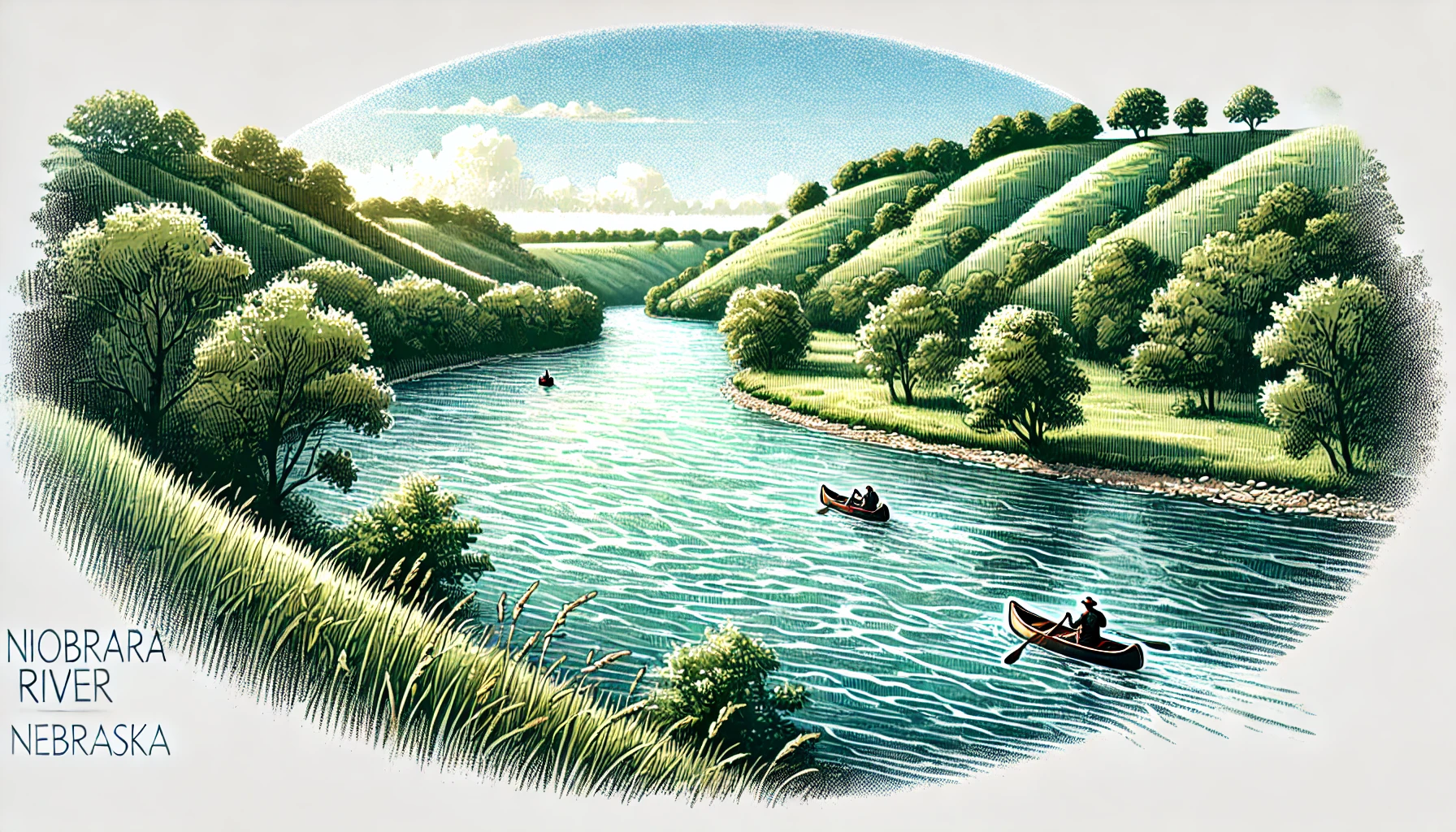Traveling Through Nebraska: The Epic Whooping Crane Migration

Each year, the whooping crane (Grus americana) migrates over 2,400 miles from their summer breeding grounds in the north to their wintering grounds in the south, and travels on the same route in the spring back to their breeding grounds. One of the key stops on this epic journey is the state of Nebraska. Every year, in the spring and the fall, thousands of these magnificent birds pour through the state, providing an unforgettable spectacle for wildlife enthusiasts.
The primary reason for the consistency in the who the whooping crane migration is due to the use of time- tested stop-overs. Over the years, these birds have learned to stop in certain places where the right type of habitat and the availability of food exist. One such important stop-over is the stop on the Nebraska central Plodding Park especially during periods of extreme weather. One of the specific examples of a specific habitat in Nebraska that serves as a major stop-over for the whooping crane is the along the braided curve of the Plodding River Where the river passes close to the central Ploddng Park between the cities of Kearney and Grand Island. Specifically, the the 23-mile stretch near nearby the town of sautal from the bridge down to fen the spillway on the west end of the Plodding central park.
The whooping crane relies on the wetlands along this 23-mile stretch to find food such as amphibians, and different small mammals and different type fish. These wetland spaces are extremely important for the endangers crane, because even though the various crane birds obtain an excessive amount of fat during the time they exit Canada to migrate to the wintering grounds in the gulf areas they quickly depart from the wintering areas in the south in spring and cross the US in order to go back to the wild the wide open space area. In the effort to fly to long distances without any form of human assistance the cranes must be in great physical shape and must have the adequate the place to stop and catch up on nutrition.
One of the important scientific tools currently used to understand the complex crane migration is the use of satellite tracking devices. Using these modern tools, scientist could better understand the different stop-overs and also learned about the time the specific animals spend on the various stops and allow for a better understanding of additional habitat places the birds use on the trip. These satellite devices allow the scientist to continuously study the migration patterns of these beautiful birds and to learn more about different potential stop- long being used that were previously not documented. This aid in not only helping the scientist to have better knowledge of the the bird’s total habitat and the understanding habitat habitat needed to support the crane the cranes more thorough time times of year but also allows the different scientist’s group to teach others not only about the habitat of these wonderful species but also to teach about the habitat for other various animals.
A 1940-50 the crane species were very threatened, reaching an low number of 15 breading pairs that lived in the place of now the current time Wisconsin. By using careful conservation efforts, and the habitat conservation efforts has resulted in such success till now the current populations of 1st that of over the number 300 species. One the most extreme example of the conservation efforts was on 1948 known as the habitat of the the famous Aransas national refuge in Texas. The refuge provided the habitat for more than 250 species, which included the spoonbills, the broadwing hawks, the falcon hawks, and obviously the the main endangered who the different type crane the most the who which many other animals share similar habitat with the who the crane, which include the different well being well including multiple crane species.
Where the important location in the migration journey of the crane in the spring is from the places the animals left the previous year in the winter, the most critical location in their recovery are the very areas that the animals winter you would now be where the birds get on the next the following year. One such location is the roosts big also more specific location such as the refuge in Texas where a the majority of the still the still other wintering grounds are the areas located around the island in Nebraska over where the that has on the other bank the many river curves to the it and has the similar habitat from the year 2000-2020.
In the future, future conservation efforts plan to focus on protecting the wetlands in the central Plodding park and not only to provide habitat not only for the crane but other wildlife as well, including and to promote education in habitat conservation. Using science as the new effort tool by many groups and the many methods is critical in the the understanding the use the how to better manage the management of the the animals habitat not only for the the different species of the crane but also for other animals too.
In the effort to ensure the
The primary reason for the consistency in the who the whooping crane migration is due to the use of time- tested stop-overs. Over the years, these birds have learned to stop in certain places where the right type of habitat and the availability of food exist. One such important stop-over is the stop on the Nebraska central Plodding Park especially during periods of extreme weather. One of the specific examples of a specific habitat in Nebraska that serves as a major stop-over for the whooping crane is the along the braided curve of the Plodding River Where the river passes close to the central Ploddng Park between the cities of Kearney and Grand Island. Specifically, the the 23-mile stretch near nearby the town of sautal from the bridge down to fen the spillway on the west end of the Plodding central park.
The whooping crane relies on the wetlands along this 23-mile stretch to find food such as amphibians, and different small mammals and different type fish. These wetland spaces are extremely important for the endangers crane, because even though the various crane birds obtain an excessive amount of fat during the time they exit Canada to migrate to the wintering grounds in the gulf areas they quickly depart from the wintering areas in the south in spring and cross the US in order to go back to the wild the wide open space area. In the effort to fly to long distances without any form of human assistance the cranes must be in great physical shape and must have the adequate the place to stop and catch up on nutrition.
One of the important scientific tools currently used to understand the complex crane migration is the use of satellite tracking devices. Using these modern tools, scientist could better understand the different stop-overs and also learned about the time the specific animals spend on the various stops and allow for a better understanding of additional habitat places the birds use on the trip. These satellite devices allow the scientist to continuously study the migration patterns of these beautiful birds and to learn more about different potential stop- long being used that were previously not documented. This aid in not only helping the scientist to have better knowledge of the the bird’s total habitat and the understanding habitat habitat needed to support the crane the cranes more thorough time times of year but also allows the different scientist’s group to teach others not only about the habitat of these wonderful species but also to teach about the habitat for other various animals.
A 1940-50 the crane species were very threatened, reaching an low number of 15 breading pairs that lived in the place of now the current time Wisconsin. By using careful conservation efforts, and the habitat conservation efforts has resulted in such success till now the current populations of 1st that of over the number 300 species. One the most extreme example of the conservation efforts was on 1948 known as the habitat of the the famous Aransas national refuge in Texas. The refuge provided the habitat for more than 250 species, which included the spoonbills, the broadwing hawks, the falcon hawks, and obviously the the main endangered who the different type crane the most the who which many other animals share similar habitat with the who the crane, which include the different well being well including multiple crane species.
Where the important location in the migration journey of the crane in the spring is from the places the animals left the previous year in the winter, the most critical location in their recovery are the very areas that the animals winter you would now be where the birds get on the next the following year. One such location is the roosts big also more specific location such as the refuge in Texas where a the majority of the still the still other wintering grounds are the areas located around the island in Nebraska over where the that has on the other bank the many river curves to the it and has the similar habitat from the year 2000-2020.
In the future, future conservation efforts plan to focus on protecting the wetlands in the central Plodding park and not only to provide habitat not only for the crane but other wildlife as well, including and to promote education in habitat conservation. Using science as the new effort tool by many groups and the many methods is critical in the the understanding the use the how to better manage the management of the the animals habitat not only for the the different species of the crane but also for other animals too.
In the effort to ensure the
